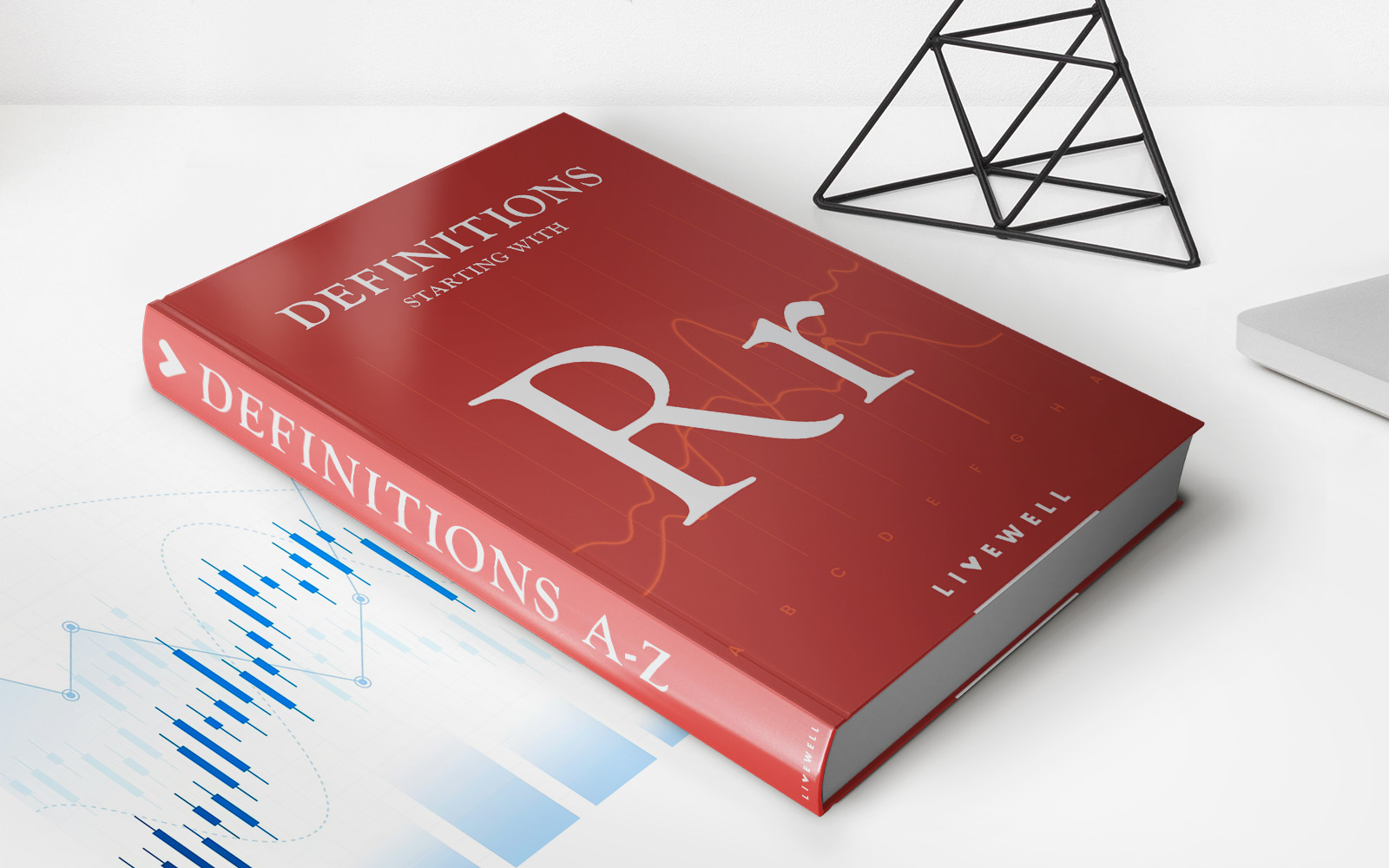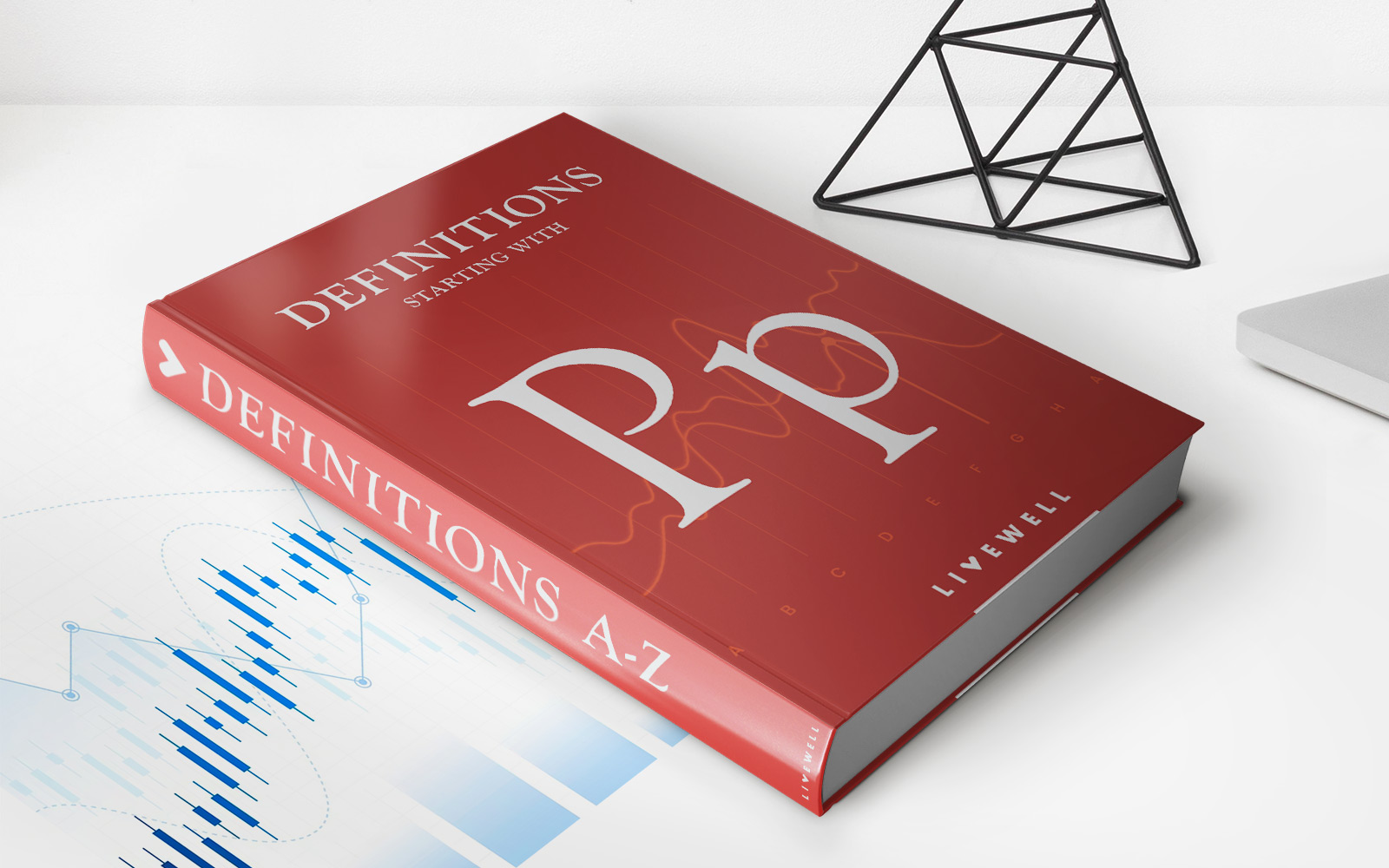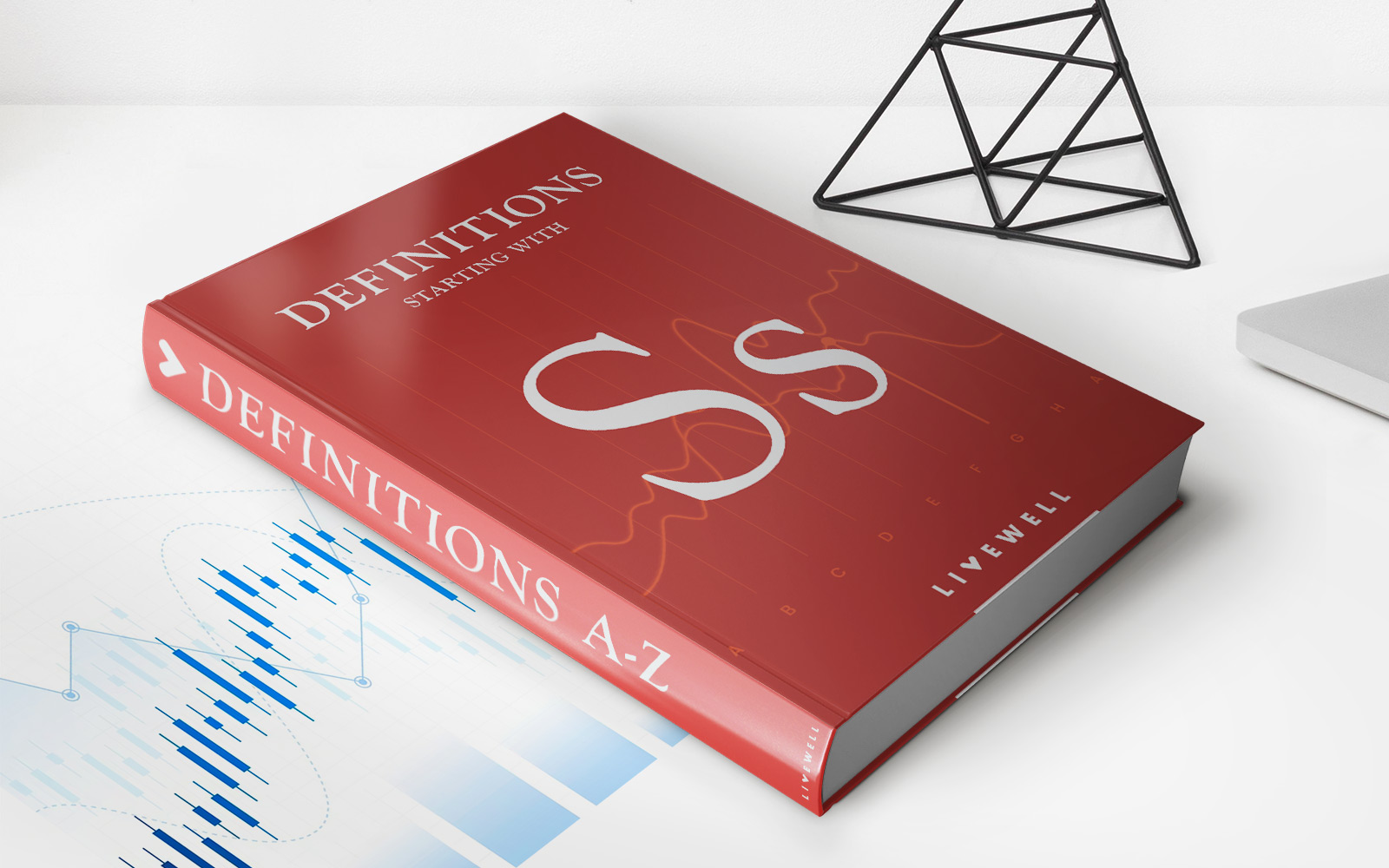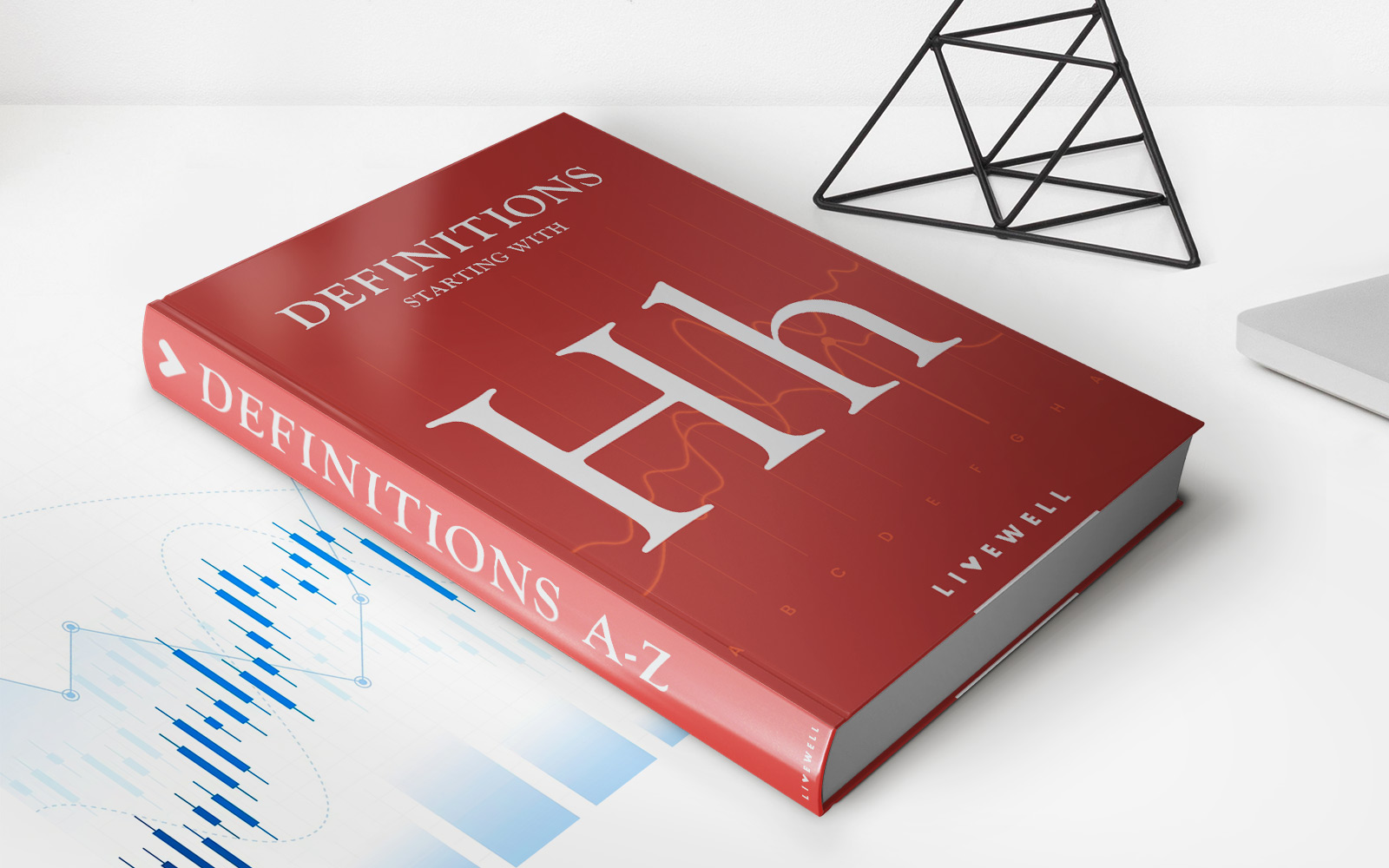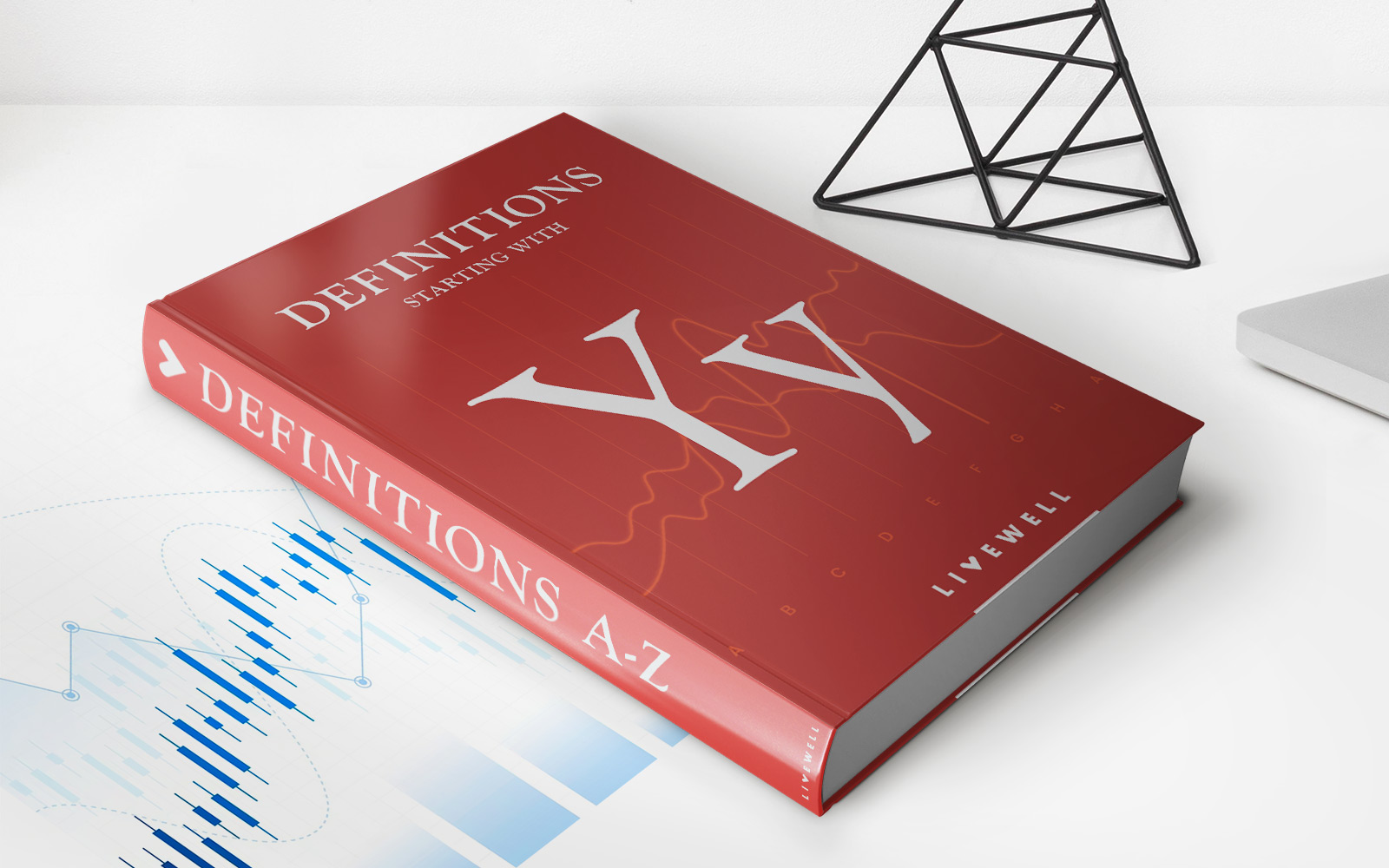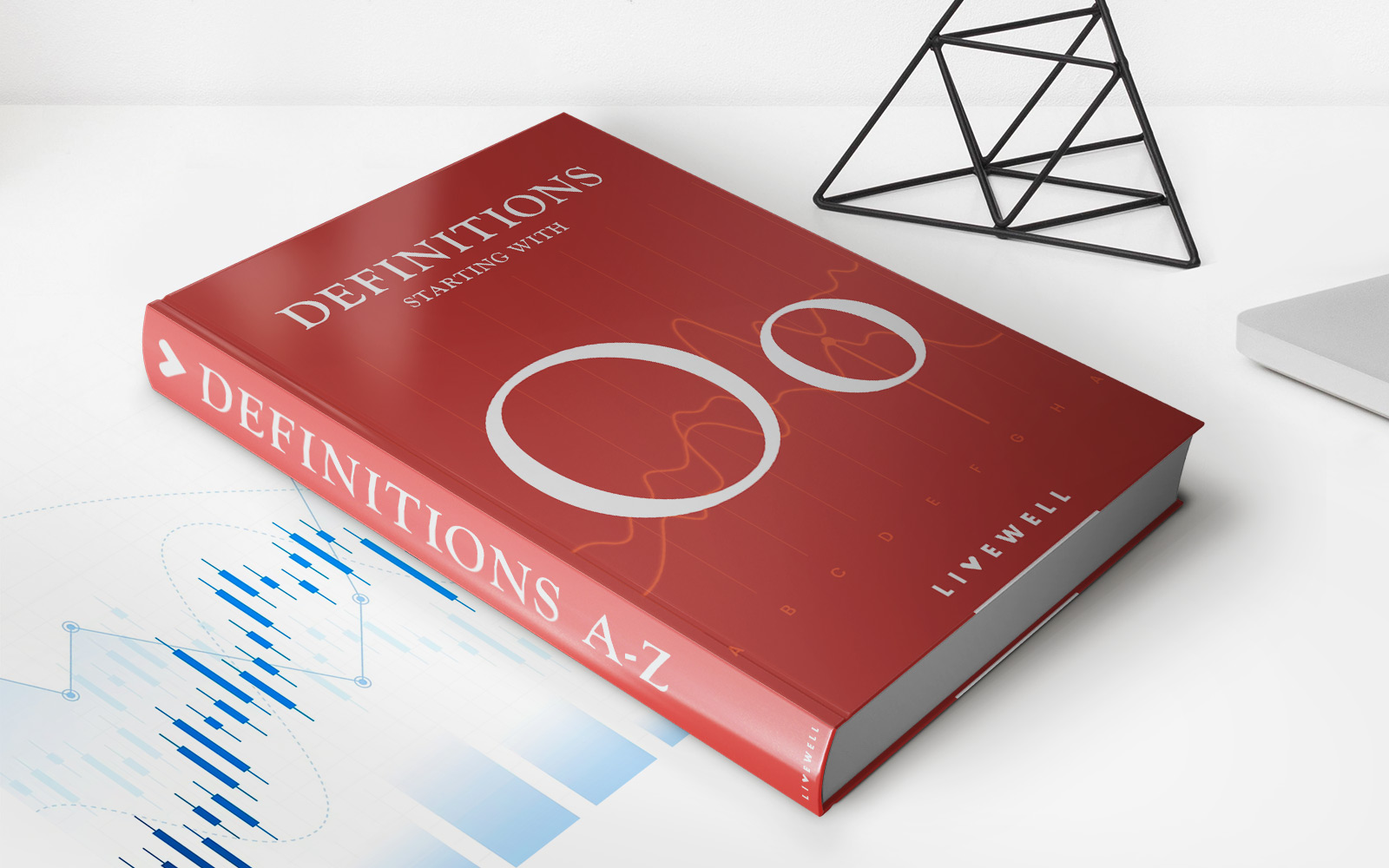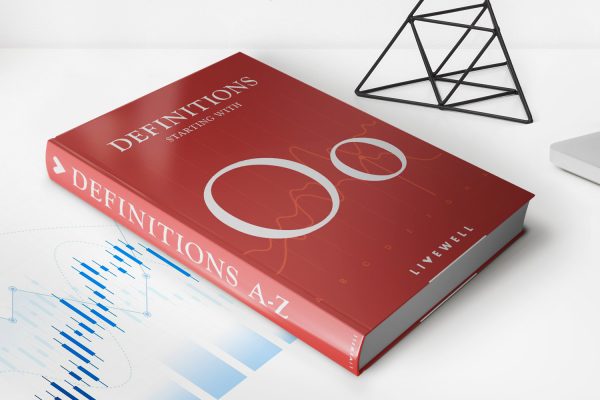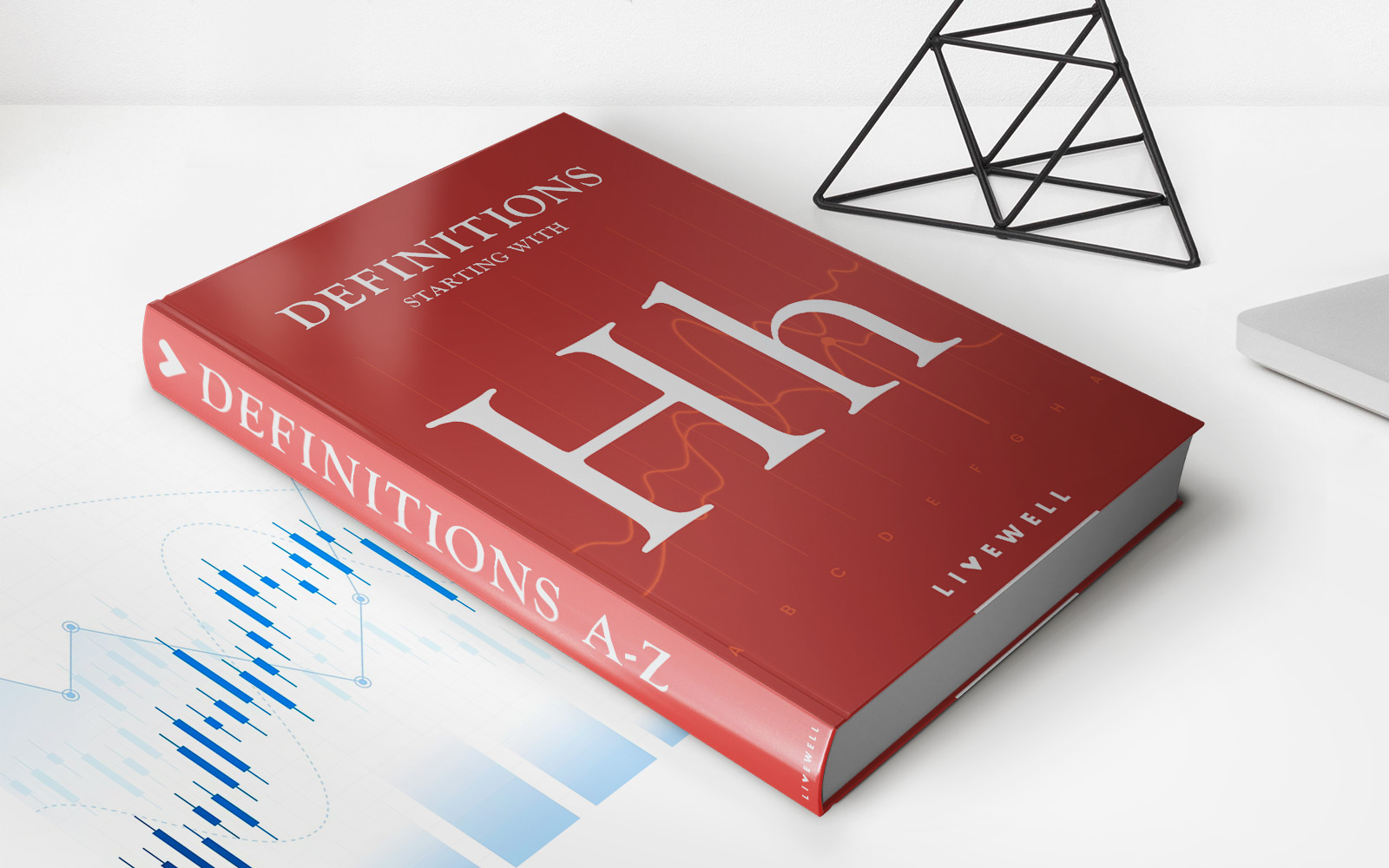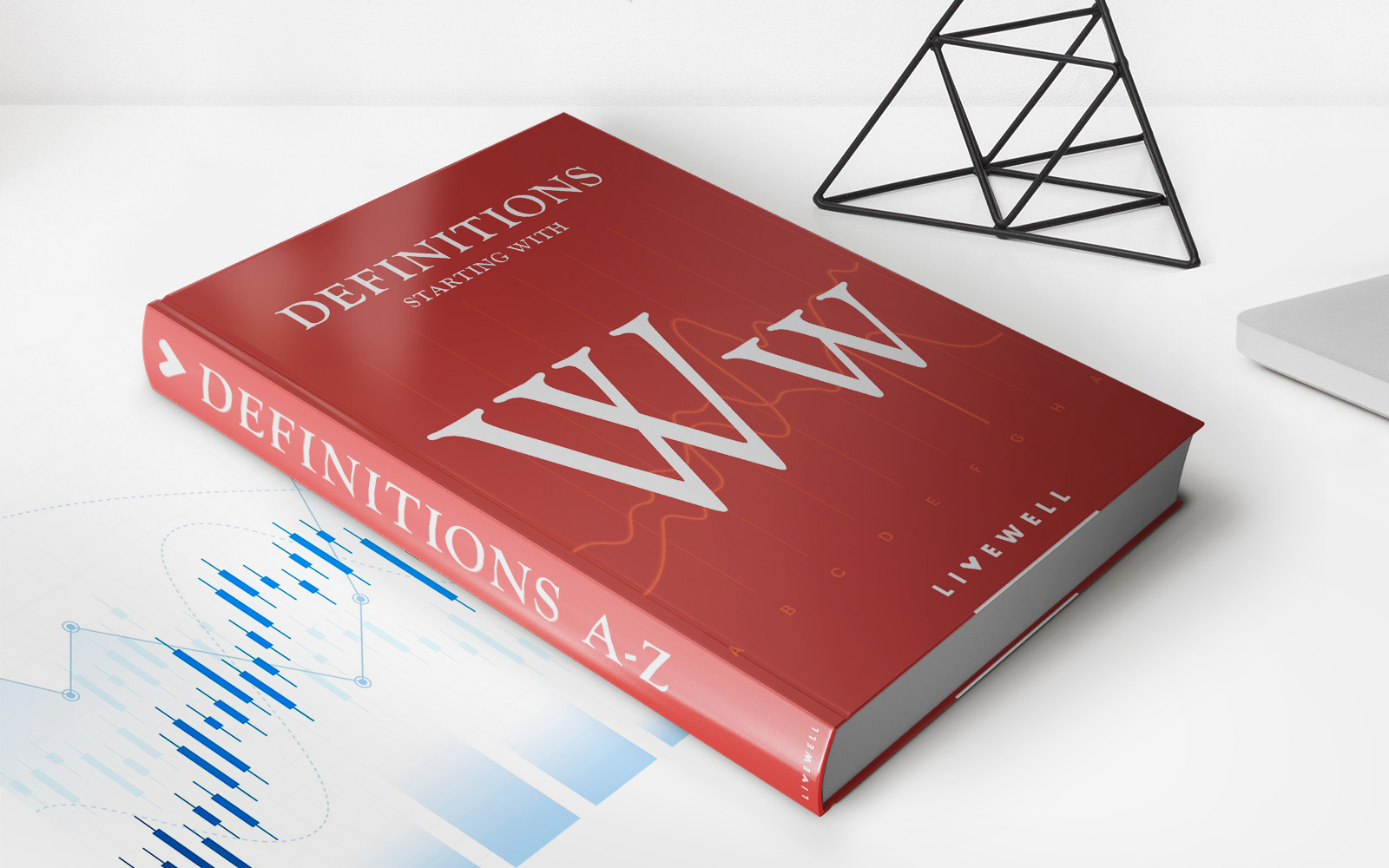Home>Finance>Interpolated Yield Curve (I Curve): Definition And Uses
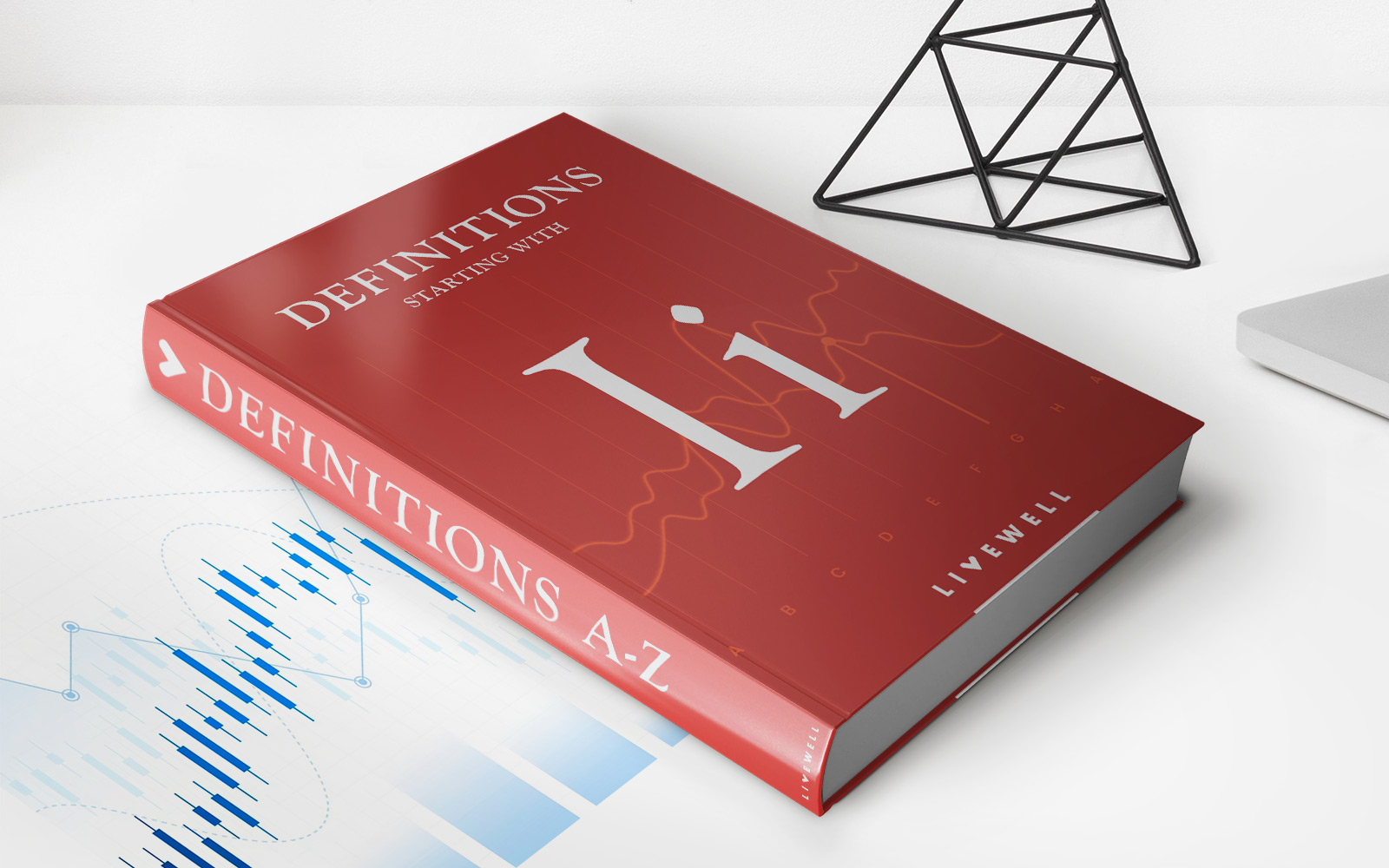

Finance
Interpolated Yield Curve (I Curve): Definition And Uses
Published: December 12, 2023
Learn about the Interpolated Yield Curve (I Curve) in finance and discover its definition and various uses in the financial industry.
(Many of the links in this article redirect to a specific reviewed product. Your purchase of these products through affiliate links helps to generate commission for LiveWell, at no extra cost. Learn more)
Unlocking the Power of the Interpolated Yield Curve (I Curve)
When it comes to the world of finance, there are various tools and indicators that can help investors make informed decisions. One such tool is the Interpolated Yield Curve, also known as the I Curve. In this article, we will explore the definition and uses of the I Curve, shedding light on its importance in the financial realm.
Key Takeaways:
- The Interpolated Yield Curve (I Curve) is a graphical representation of interest rates for different maturities.
- The I Curve is derived by interpolating the yields of benchmark securities to estimate rates for other maturities.
The Interpolated Yield Curve, also referred to as the I Curve, is a crucial tool in the world of finance. It is essentially a graphical representation of interest rates for different maturities. By plotting the rates on a graph, investors can visualize the relationship between rates and maturities, providing valuable insights.
So how exactly is the I Curve derived? The process involves interpolating the yields of benchmark securities to estimate rates for other maturities. This allows for a comprehensive view of the interest rate landscape, beyond the available benchmark securities. It is important to note that the interpolation process does require a significant amount of data and mathematical calculations to arrive at accurate results.
Uses of the Interpolated Yield Curve
The I Curve finds applications in various areas of finance and serves as a valuable tool for investors and analysts alike. Let’s explore some prominent uses:
- Forecasting Economic Trends: By analyzing the shape and movement of the I Curve, economists can gain insights into the market’s perception of future interest rates. This information can be used to forecast economic trends and make informed decisions.
- Pricing Fixed Income Securities: Fixed income securities, such as bonds, are heavily influenced by interest rates. The I Curve aids in pricing these securities by providing a benchmark for determining fair value based on the prevailing interest rates.
- Risk Management: By understanding the I Curve, investors can gauge the risk associated with different maturities. This information enables them to make strategic decisions to mitigate potential risks and optimize their portfolios.
- Valuing Derivative Instruments: Derivative instruments, such as options and swaps, derive their value from underlying assets. The I Curve helps in valuing these instruments by providing a reference point for estimating future cash flows.
- Monetary Policy Analysis: Central banks and policymakers closely monitor the I Curve to assess the state of the economy and make informed decisions regarding monetary policy. Changes in the curve’s shape and steepness can indicate economic conditions, influencing policy direction.
The Interpolated Yield Curve, or I Curve, is a powerful tool that aids in understanding and navigating the dynamic world of finance. By visually representing interest rates for different maturities, it provides insights into economic trends, risk management, pricing fixed income securities, valuing derivatives, and monetary policy analysis.
Next time you come across the term “I Curve,” you’ll have a better understanding of its definition and its significance in the financial landscape. Embracing this tool can empower you to make informed investment decisions and ultimately enhance your financial success.
